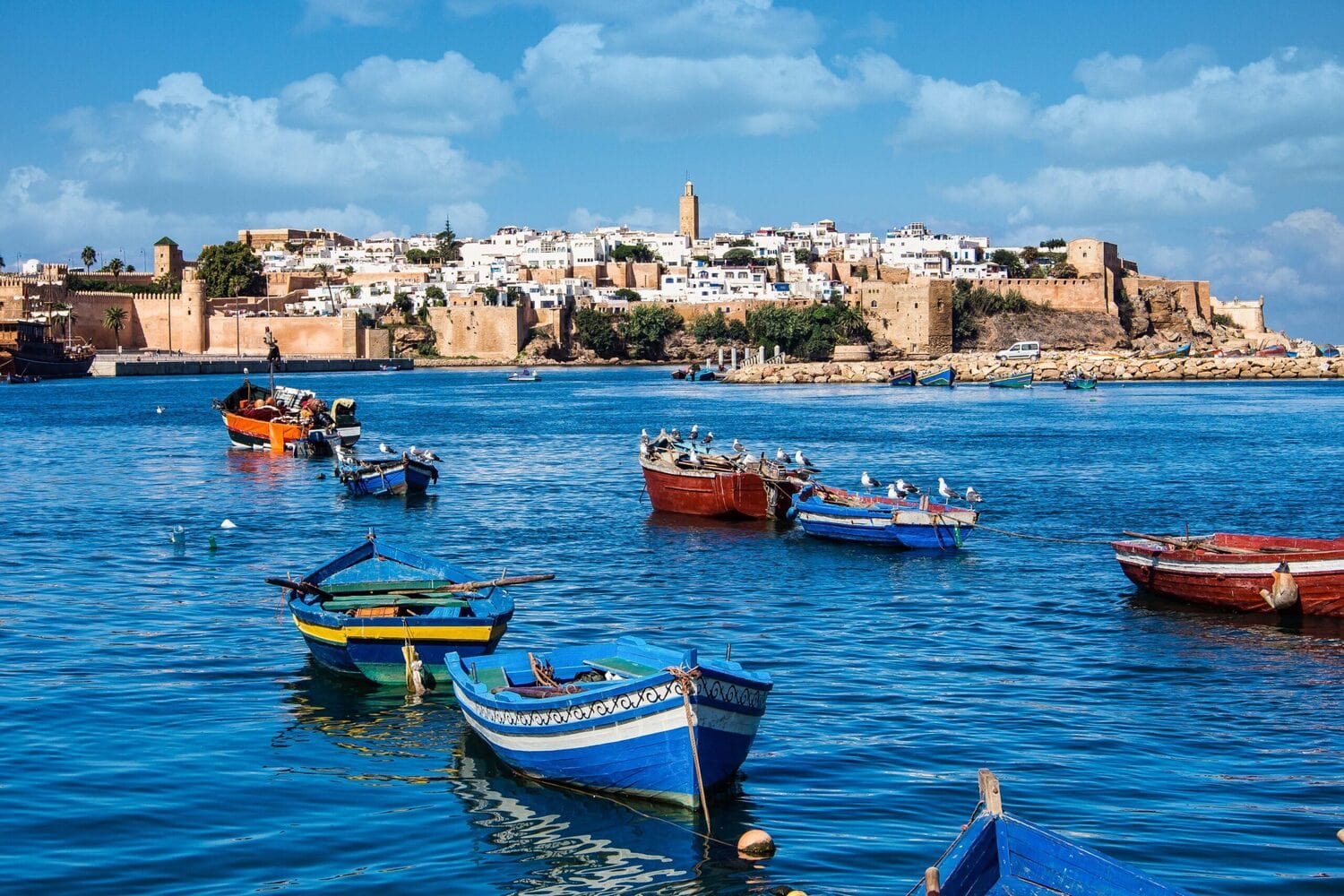Rabat, the capital of Morocco, is a city that blends historical heritage with modern charm. Often overshadowed by more famous Moroccan cities like Marrakesh or Fez, Rabat holds a unique position as the political and administrative heart of the country. It boasts a serene coastline, fascinating architecture, and a calm atmosphere that sets it apart from the hustle of other urban centers. Walking through Rabat offers a glimpse into centuries of cultural transformation and urban planning. Here are some captivating and little-known facts about Rabat that you may not have heard before.
- Rabat is one of Morocco’s four imperial cities, alongside Marrakesh, Fez, and Meknes. It officially became the capital in 1912 under French colonial rule and retained this status after independence. Today, it houses all major governmental institutions and foreign embassies.
- The city’s name comes from Ribat al-Fath, meaning Fortress of Victory, established in the 12th century by Sultan Abd al-Mu’min. Originally a military outpost, it evolved into a key port and cultural center. Its strategic coastal position contributed greatly to its growth.
- Rabat’s old medina is a UNESCO World Heritage Site and preserves its traditional urban layout. Enclosed by ancient walls, the medina is filled with narrow alleys, traditional markets, and historic mosques. It offers an authentic experience of Moroccan daily life and craftsmanship.
- One of Rabat’s most iconic landmarks is the Hassan Tower, an unfinished 12th-century minaret that was meant to be the tallest in the world. The project was halted after the death of Sultan Yacoub al-Mansour, and the tower now stands at 44 meters instead of the planned 80. Nearby is the mausoleum of King Mohammed V, a national symbol of Moroccan independence.
- The Kasbah of the Udayas is a picturesque fortress perched on a hill overlooking the ocean. Known for its whitewashed houses with blue accents, it is one of Rabat’s most photogenic districts. Inside, visitors find peaceful gardens and spectacular sea views.
- The city is separated from its sister city Salé by the Bou Regreg River. In the 17th century, Salé became infamous as a pirate stronghold and even declared itself an independent republic. Despite their close proximity, Rabat and Salé maintain distinct identities.
- Rabat is home to numerous museums, including the National Archaeological Museum, which displays artifacts from Phoenician, Roman, and Islamic periods. In 2014, the Mohammed VI Museum of Modern and Contemporary Art opened as the first of its kind in the Arab world. It showcases Moroccan and African artists in a sleek, contemporary space.
- The city features one of the largest and most diverse botanical gardens in Morocco. The Jardin d’Essais Botaniques was established in the 1920s and includes over 600 plant species. It serves both as a research center and a peaceful recreational area.
- Rabat is regarded as one of the greenest and safest cities in Morocco. Its well-maintained parks, Atlantic coastline, and urban planning contribute to a high quality of life. Environmental initiatives continue to promote sustainability and eco-conscious living.
- The Royal Palace of Rabat, known as Dar al-Makhzen, is the official residence of the King of Morocco. While not open to the public, it stands as an impressive symbol of the Moroccan monarchy. The palace is protected by the Royal Guard and surrounded by elegant gardens.
- Each year, Rabat hosts the Mawazine Festival, one of Africa’s largest music festivals. It attracts millions of attendees and has featured international stars such as Shakira, Mariah Carey, and Justin Timberlake. The event showcases Morocco’s commitment to cultural diversity.
- Rabat is rapidly expanding its cycling infrastructure to support eco-friendly transport. Bike-sharing programs and designated bike lanes are part of its urban development strategy. This aligns with broader efforts to reduce pollution and improve urban mobility.
- Its location on the Atlantic Ocean gives Rabat strategic and economic importance. The nearby commercial port supports maritime trade, while the city itself connects Morocco’s coastal and inland regions. The sea also moderates Rabat’s climate, keeping temperatures mild year-round.
- Rabat’s architecture reflects a unique blend of traditional and modern styles. Visitors can spot French colonial buildings, Andalusian details, and contemporary Moroccan design within a short walk. This variety gives the city its distinctive, layered aesthetic.
- The city is home to Mohammed V University, one of the most prestigious academic institutions in North Africa. It offers education in Arabic and French and supports cutting-edge research. The university plays a key role in shaping Morocco’s intellectual and cultural future.
These fascinating facts reveal that Rabat is more than just a capital city. It is a place where history, innovation, and culture coexist in harmony. From its ancient walls to modern art museums, Rabat offers something for every curious traveler. If you’re looking for a destination that combines authenticity with elegance, Rabat is sure to leave a lasting impression.





